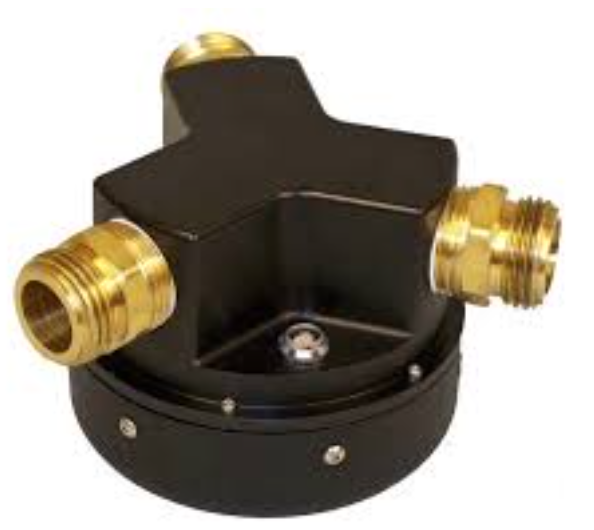Chaparral Physics 64Vx2
Salient Features:
The Chaparral Physics Model 64Vx2 Infrasound Sensor is a compact, lightweight, and rugged broadband microphone engineered to detect ultra-low frequency atmospheric pressure waves (infrasound) across a wide spectral range. Often described as a microbarometer or ultra-low frequency microphone, the 64Vx2 is suitable for applications in volcanology, atmospheric research, explosive event detection, and environmental monitoring.
With a bandwidth of 0.03 Hz to 245 Hz, nominal sensitivity of 0.03 V/Pa, and a dynamic range of 118 dB, the Model 64Vx2 is optimized to detect both the smallest and most extreme signals in demanding field environments—from Arctic tundra to rainforest ecosystems.
Key Specifications:
-
Frequency Response: Flat within ±3 dB from 0.03 Hz to 245 Hz
-
Sensitivity: 0.03 V/Pa at 1 Hz; up to 720 Pa peak-to-peak full-scale input range
-
Noise Floor: ~1.8 mPa RMS (0.1–200 Hz), 0.4 mPa RMS (0.5–2 Hz)
-
Output: Differential; 22 V peak-to-peak maximum
-
Power: <150 mW, 12 mA @ 12.6 V DC
-
Size & Weight: 3.75” diameter, 3.1” height; 1.25 lbs (0.57 kg)
-
Environmental Rating: IP-67 (sealed against moisture and dust)
-
Operating Temperature: -40°C to +65°C
Despite its palm-sized profile, the sensor maintains the wide bandwidth, low seismic sensitivity, and environmental robustness expected from all Chaparral Physics instruments. Its integrated 3-port acoustic manifold and extremely low power draw (<150 mW) allow for streamlined deployments, including lightweight sensor arrays and portable kits.
Installation Tips
-
Quick Field Deployment: Place the sensor with acoustic inlets facing downward on a level surface clear of debris. Covering it with a perforated plastic container can help reduce weather exposure while maintaining airflow.
-
Wind Noise Reduction Arrays: Connect garden-hose-threaded tubing to the 3-port manifold for interfacing with wind noise reduction systems. This dramatically improves signal clarity in high-wind environments.
-
Thermal Stability Matters: For permanent setups, house the sensor inside an insulated vault to maintain thermal equilibrium and protect from weather. Connect inlet ports to external arrays via tubing for optimal airflow isolation.
-
Orientation & Shielding: Use a foam shield or stake the sensor when necessary to reduce mechanical noise or overturning risks. Avoid exposing the unit to rapid temperature shifts (>1°C/hour) for best low-frequency performance.
Manufacturer’s Documents
You can access the full product documentation here:
- Home
- General Information
- Instrumentation
- Dataloggers
- Sensors
- All-In-One Systems
- Power Systems
- Field Procedures
- Controlled Sources
- Seismic Source Facility
- Magnetotelluric Systems at EPIC
- Ground Penetrating Radar
- GNSS/GPS Receivers
- Power and Memory Calculations Form
- Data Archiving
- Apply for a PI Account
- Experiment Scheduling
- Polar
- Hardware & Software Notes
- Software


